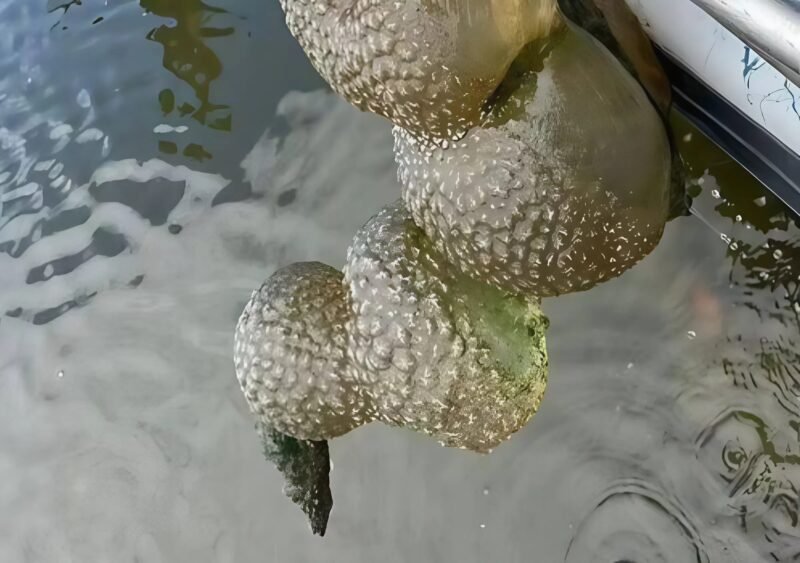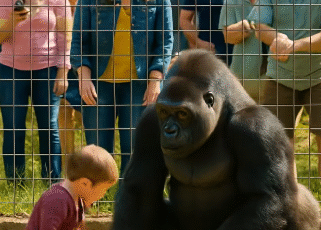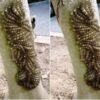A mysterious discovery puzzled the townspeople 😱😱
Local fishermen pulled something unusual and strange from the lake 😨
On the branch of a tree right in the water hung translucent sacs, resembling eggs with a dense shell 😱
Some were as big as a football, and inside something seemed to be moving 😲
The locals were horrified when they realized what it really was 😱
Continuation in the first comment 👇👇
A typical summer morning in Oklahoma turned into a sensation when fishermen walking along Lake McGee Creek noticed something strange: translucent sacs, resembling eggs with a dense shell, were hanging from tree roots right in the water.
Some of them were the size of a football, and inside something appeared to be wriggling…
However, scientists were quick to calm the alarmed public.
The mysterious sacs turned out not to be eggs or alien creatures, but ancient organisms called bryozoans.
These tiny invertebrates have inhabited Earth for hundreds of millions of years — long before dinosaurs appeared.
Bryozoans are colonial animals, and each individual is called a zooid.
They live together in jelly-like clusters surrounded by a dense covering and act as a single organism.
They have no heart or lungs but possess a remarkable ability to sense stimuli and purify water.
Amazingly, these colonies have now chosen the tree roots in the lake as their home.
Scientists explained that the reservoir had become an ideal environment for them — clean water, suitable temperature, and plenty of food.
Bryozoans feed on microscopic algae and bacteria, filtering and improving the quality of the water.
These creatures are hermaphrodites, with both male and female reproductive organs, meaning they can clone themselves.
In favorable conditions, they produce special cells — statoblasts, from which new colonies grow.
True masters of survival.
Researchers added that the appearance of bryozoans is a good sign.
They are sensitive to pollution, so their presence indicates that the lake’s ecosystem is healthy.
Moreover, bryozoans are completely harmless — both to humans and animals.
So if you ever find yourself at a lake in summer and notice strange jelly-like balls underwater, don’t be alarmed.






